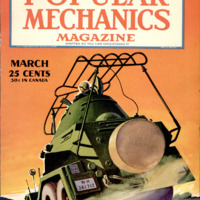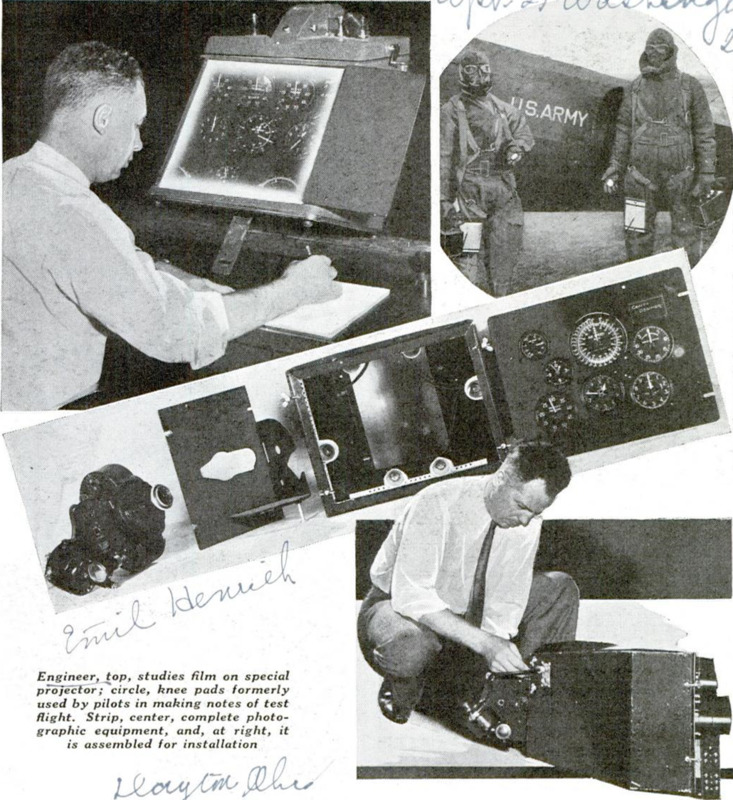Robot Observer Records Test Flight on Film
Item
- Title (Dublin Core)
- Robot Observer Records Test Flight on Film
- Article Title and/or Image Caption (Dublin Core)
- Robot Observer Records Test Flight on Film
- Language (Dublin Core)
- eng
- Temporal Coverage (Dublin Core)
- World War II
- Date Issued (Dublin Core)
- 1941-03
- Is Part Of (Dublin Core)
-
 Popular Mechanics, v. 75, n. 3, 1941
Popular Mechanics, v. 75, n. 3, 1941
- pages (Bibliographic Ontology)
- 411
- Rights (Dublin Core)
- Public domain
- Source (Dublin Core)
- Google books
- References (Dublin Core)
- Wright-Patterson Air Force Base
- Archived by (Dublin Core)
- Enrico Saonara
- Marco Bortolami (editor)
- Spatial Coverage (Dublin Core)
- United States of America



